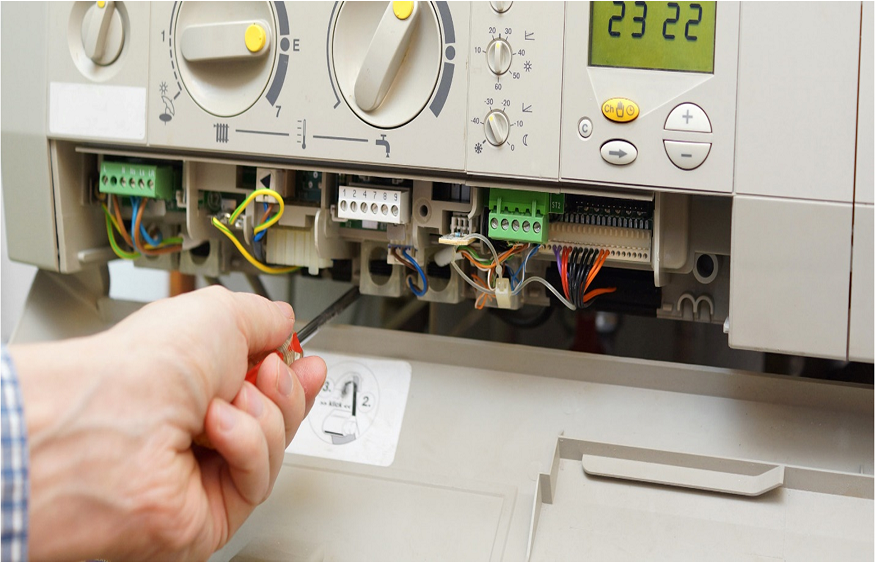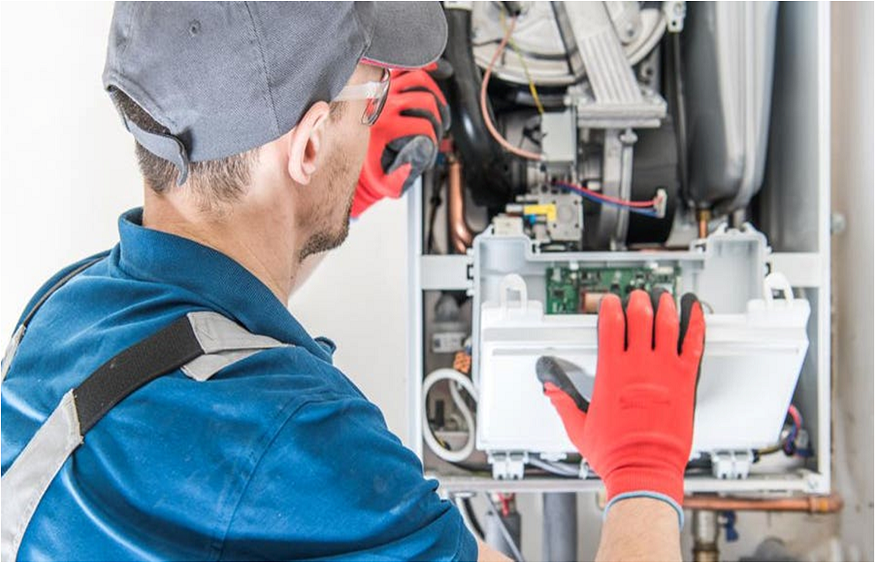Maximizing Furnace Efficiency
In an age marked by growing concerns about rising energy costs and climate change, maximizing the property’s furnace efficiency (FE) has become the main priority for most property owners, both residential and business. Furnaces play an important role in maintaining comfortable indoor temperatures during the winter or colder months, but they can also consume a lot of energy.

The good news is advancements in technology have led to the development of efficient furnace systems that help minimize environmental impact and also save people a lot of money in the long run. This article will explore the concept of furnace efficiency and discuss the different factors that contribute to a more power-efficient heating system.
To know more about these systems, click here for details.
Purpose of furnaces
These things are heating devices that warm the air in a structure, distributing it through ducts to maintain the desired indoor temp by owners. It operates on the principle of electrical resistance or combustion, converting electricity or power source into heat energy. By efficiently producing and distributing heat, these devices make sure a comfortable living environment is achieved.
Types of heaters
Gas
This thing is the most common type and is powered by propane or natural gas. They burn the fuel in the combustion chambers, generating heat that is transferred to the air. Gas furnaces are known for their affordability, quick heating, and competence capabilities.
Electric
This device uses electrical resistance to generate heat. They are usually preferred in areas without access to gas or where electricity is the best and most cost-effective option. Electric heaters are usually quieter and cleaner than gas options but can be more costly to operate.
Oil
Oil furnaces burn oil to produce heat. Although it is less common today because of the availability of electricity and gas, oil heaters are still used in some areas. They require regular maintenance, as well ashigher operating costs compared to their electric and gas counterparts.
Understanding furnace efficiency
This thing refers to the heating system’s ability to convert energy or power source into heat while minimizing waste. It is usually measured by AFUE or the Annual Fuel Utilization Efficiency rating, expressed as a percentage. The Annual Fuel Utilization Efficiency rating indicates representing excellent competence.
For example, a heater with an AFUE rating of ninety percent converts ninety percent of the fuel it consumes into heat, while the remaining ten percent is lost through exhaust gases.
Factors influencing efficiency.
Annual Fuel Utilization Efficiency rating
As mentioned above, the AFUE rating is an important indicator of furnace competence. Newer devices are designed to achieve higher AFUE ratings, with some products reaching up to ninety-eight percent. Investing in a device with a high AFUE rating makes sure there will be less wasted power and more significant savings in the process.
Click https://en.wikipedia.org/wiki/Annual_fuel_utilization_efficiency to know more about AFUE.
Energy source
The kind of energy or power source used by furnaces can greatly impact their competence. Natural gas tends to be a more competent power source option compared to electricity or oil. Additionally, renewable power sources like solar or geothermal can be harnessed to power highly efficient heating systems.
Programmable thermostats and zoning
Incorporating programmable thermostats and zoning systems allow for greater control over heating various areas of the structure. By adjusting temp settings based on time schedules and occupancy, power waste can be minimized. It can lead to improved competence.
Airflow and maintenance
Proper airflow and regular maintenance are especially important for maintaining device competency. Filter replacements, routine inspections, and cleaning of the system make sure optimal performance. Additionally, well-designed duct systems with the right insulation prevent heat loss and ensure efficient airflow throughout the structure.
Sizing and size
Choosing the right-sized heater for buildings is particularly important. An oversized device may cycle on and off frequently, leading to wasted power, while undersized furnaces may struggle to provide enough heat. Proper sizing makes sure the device operates at its peak performance.
Benefits of high FE

Energy savings
Investing in these types of devices can result in significant energy savings in the long run. Reduced energy consumption translates into lower bills, allowing property owners, both residential and business to allocate their funds to other important areas.
Environmental impact
These devices contribute to a greener environment by minimizing greenhouse gas emissions. When less fossil fuel is wasted, fewer pollutants are released into the atmosphere. Better furnace efficiency can help fight off climate change, as well as improve the quality of our air.
Enhanced comfort
These things distribute heat more evenly, making sure there will be consistent warmth throughout the structure. Advanced features like modulating burners and variable speed motors allow for precise temp control, eliminating cold and hot spots.
Increased home value
A property equipped with an EEF is more attractive to possible buyers. These types of investments can increase the resale value of the property and make it stand out in competitive real estate markets.



